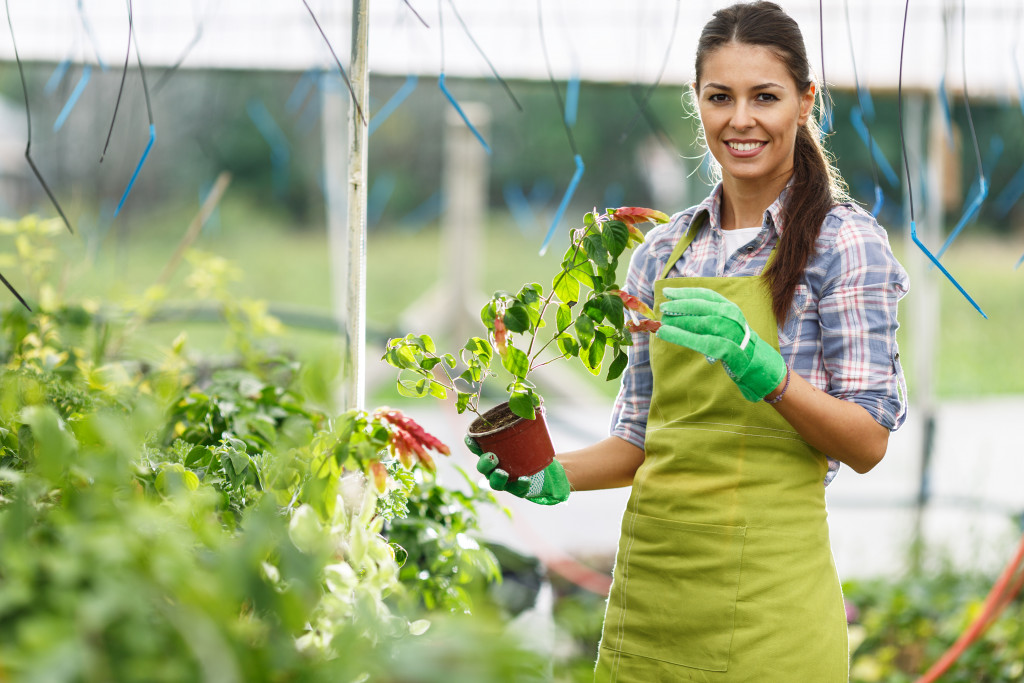The United States (and probably many other countries) depends largely on food production to keep the economy going. According to the Department of Agriculture, food, agriculture, and other related industries accounted for 5.2 percent of the nation’s gross domestic product (GDP). That’s at least a trillion dollars. Farming alone contributed nearly $140 billion.
What many don’t know is that farming is often not a year-round affair—at least, as far as tilling the land and planting and harvesting the crops are concerned. In winter, the industry seems to pause. This then begs the question: what do farmers do when the temperature falls?
Some Work and Play
The actual farming season depends on many factors, including the state and the top products they make. Take, for example, Texas. The Lone Star State is popular for corn and cotton, which farmers usually harvest from August to December. Wheat, meanwhile, reaches its peak between June and July.
Often, though, the farming season begins in spring. Small-scale ones may already begin to germinate seedlings in greenhouses or conservatories attached to their homes or situated near the outbuildings, fields, and barns. This way, by late spring and early summer, they can already plant them.
They can then expect to harvest their produce somewhere around fall and probably into early winter. However, as the season becomes brutal in several parts of the country, farming takes a halt.
What do farmers engage in instead? A lot take part-time or other seasonal jobs. In fact, in a 2012 data by the Census of Agriculture, over 50 percent of farmers had one or more occupations.
In at least 70 percent of the group, income from farming comprises only around 25 percent of the total household income. In 2018, experts expected that almost 85 percent of household income would come from off-farm work.
One of the most popular jobs is pruning trees. During winter, many crops often go dormant: they shed their leaves, they don’t bear fruit, and they look dead. Entering into so-called hibernation allows these plants to reserve their nutrients and energy to survive the season.
But even if these plants don’t do anything, the orchards can already prepare the trees for crop production. Considering the number of trees that occupy a huge tract of land, these businesses will require an extra hand.
If farmers are not tending other people’s orchards or doing other types of off-farm work, they may be busy taking care of other tasks they might have set aside during the busy harvest weeks. These include calculating taxes, paying the lease or mortgage of the land, forecasting sales, and researching more about crop production.
Then there are others who decide to rest. Winters can be dangerous for farmers, and besides, relaxation is a good reward after some back-breaking work over the last few months.

Growing Crops Year-Round
One may ask, “Can’t farmers grow crops all year round, especially since they can build a greenhouse?” They can, but it may not be sustainable in the long run based on the design of standard greenhouses. They end up using a lot of fossil fuels to heat the space, particularly during winter, and that can only drive costs of production up.
However, they may consider another strategy called deep winter greenhouse (DWG). Now, what is this?
The basic principle of DWG is similar to a heat sink, an exchanger that initiates a passive transfer of heat from the device to a fluid medium like air to improve the efficiency of the unit and prevent it from getting damaged due to overheating.
In DWG, the greenhouse uses passive solar heat transfer to warm the space without using electricity:
• The greenhouse includes a glazing wall that faces in the south at a specific angle (depending on its location) to maximize the amount of heat it can collect.
• A fan underneath the greenhouse circulates the warm air that enters the space.
• The greenhouse will also include rocks, which function as thermal collectors. They help store excess heat, which they can release at night. Sometimes the design will include blinds to help retain the heat in the evening and reduce overexposure to sunlight in the summer.
The types of crops that may grow inside a DWG may not be as extensive as the ones in normal greenhouses. For one, they should thrive even with less light. However, farmers will now have other options to earn money as they may grow herbs and sprouts, among others.
Winter can mean many things for farmers: more work, some play, and perhaps the growth of some crops through innovative ideas like DWG.

